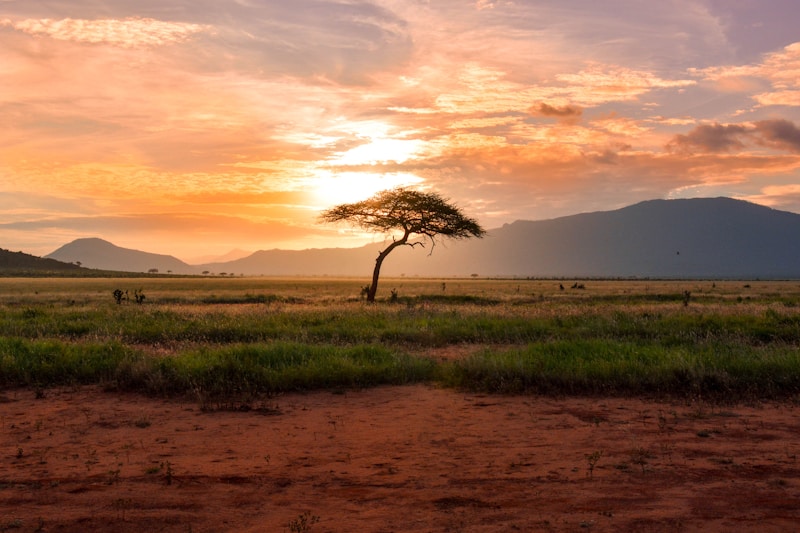The Ashanti People
Guardians of the Golden Stool - Weavers of Kente Cloth - Warriors Who Resisted Empire
Who Are the Ashanti?
The Ashanti (Asante) people are a major ethnic group of the Akan peoples inhabiting Ghana and Ivory Coast, with a population exceeding 10 million. The Ashanti Empire, founded in the late 17th century by King Osei Tutu, became one of West Africa's most powerful and sophisticated kingdoms. Centered in Kumasi, the empire controlled gold-rich territories and established complex governance, military, and social systems. The sacred Golden Stool (Sika Dwa Kofi) symbolizes the soul of the Ashanti nation and remains a powerful emblem of cultural identity. The Ashanti are renowned worldwide for their intricate Kente cloth, masterful gold weights, and fierce resistance to British colonization.
The Ashanti Empire and Political System
The Ashanti Confederacy united multiple Akan city-states under a centralized monarchy. The Asantehene (king) ruled from Kumasi, advised by the Asanteman Council of chiefs. The empire's sophisticated constitution balanced royal power with checks from queen mothers (Asantehemaa) and councils. Ashanti military prowess was legendary—their armies used complex strategies, intelligence networks, and firearms acquired through trade. The empire controlled crucial gold and kola nut trade routes, accumulating enormous wealth.
The Ashanti fought multiple wars against British colonization (1823-1900), maintaining independence longer than most African kingdoms. Queen Mother Yaa Asantewaa led the famous 1900 resistance after the British exiled the Asantehene.
Kente Cloth and Artistic Traditions
Kente cloth is Ghana's most famous textile, woven on horizontal looms to create brilliant geometric patterns. Each design carries symbolic meaning—colors, patterns, and names convey proverbs, historical events, and social values. Originally worn only by royalty, Kente has become a global symbol of African heritage. The Ashanti also excelled in gold-smithing, creating intricate jewelry, ceremonial regalia, and gold weights (abrammuo) cast using lost-wax technique with symbolic shapes representing proverbs.
Social Structure and Matrilineal System
Ashanti society follows matrilineal descent—inheritance and clan membership pass through the mother's line. The Asantehemaa (queen mother) holds significant political power, nominating candidates for Asantehene and serving as advisor. Ashanti society is divided into eight major clans (abusua), each with distinct totems and taboos. The age-grade system organizes youth into groups progressing through life stages together.
Spiritual Beliefs and Adae Festival
Ashanti spirituality centers on Nyame (supreme god), abosom (lesser deities), and ancestor veneration. The Adae Festival, celebrated every 42 days, honors royal ancestors with ceremonies at the Golden Stool. The Akwasidae (Sunday Adae) features the Asantehene in full regalia receiving homage from chiefs, with drumming, dancing, and ritual purification. These ceremonies maintain spiritual connection between living and deceased rulers.
Modern Ashanti Culture
Today, the Ashanti region remains Ghana's cultural heartland. The Asantehene continues as a powerful traditional ruler, commanding respect across Ghana. Kumasi thrives as Ghana's second-largest city, blending traditional and modern life. The Manhyia Palace Museum preserves Ashanti heritage, while the National Cultural Centre showcases Kente weaving and crafts. Annual festivals like Odwira attract thousands. Ashanti culture profoundly influences Ghanaian national identity, from politics to arts. The diaspora, particularly descendants of enslaved Africans, increasingly reconnect with Ashanti heritage through cultural tourism and DNA ancestry testing.
Image Gallery





